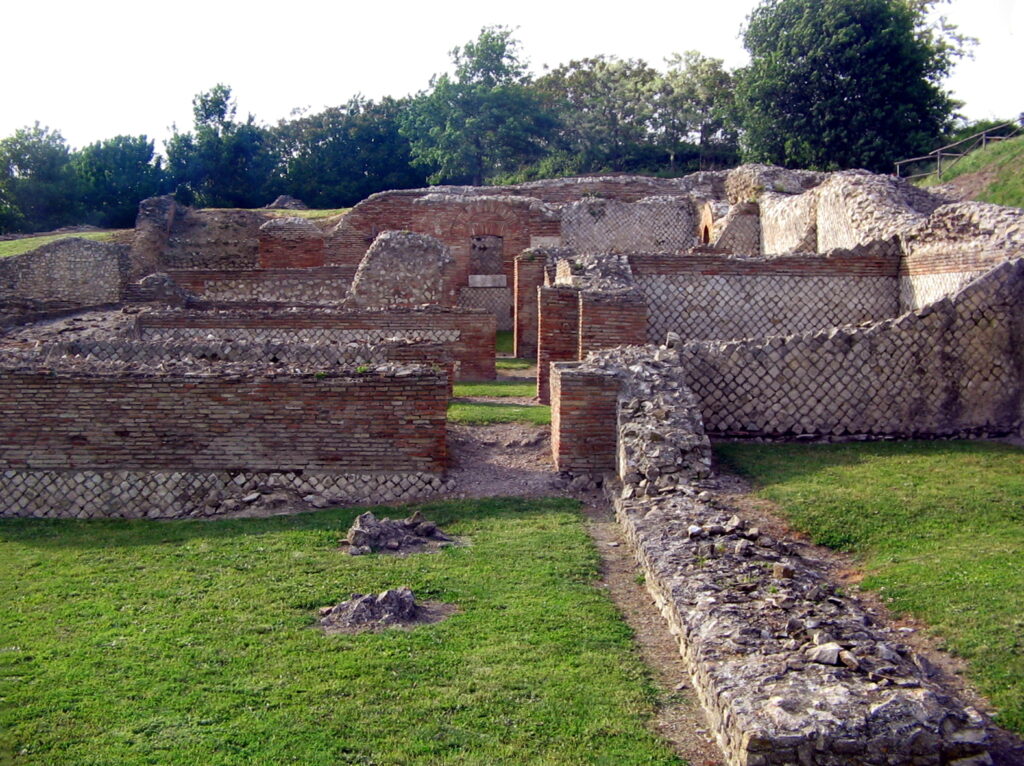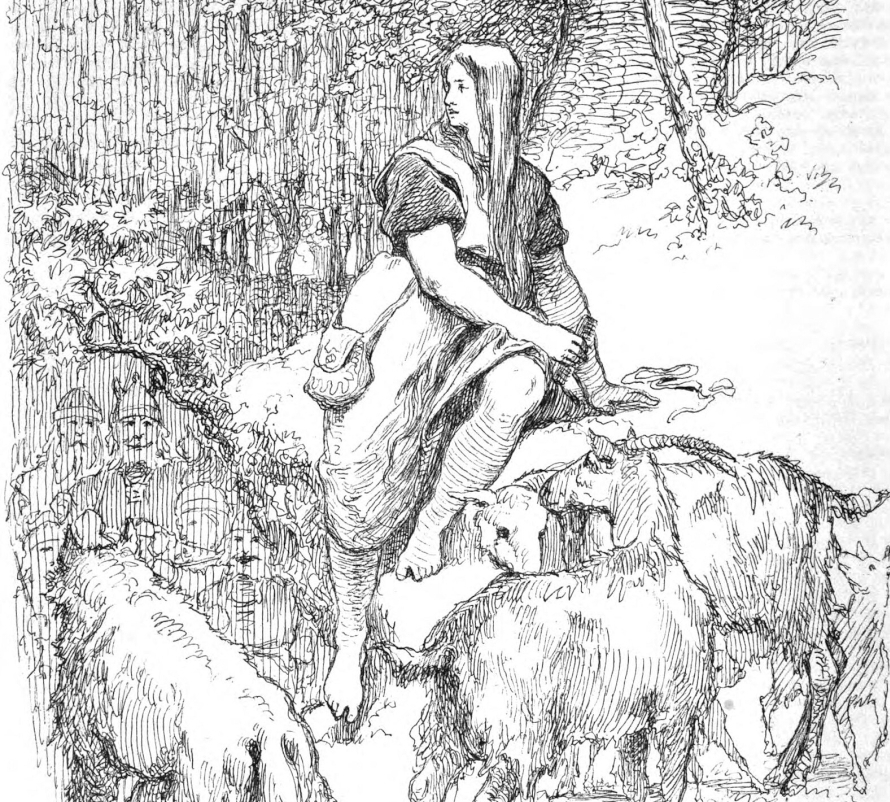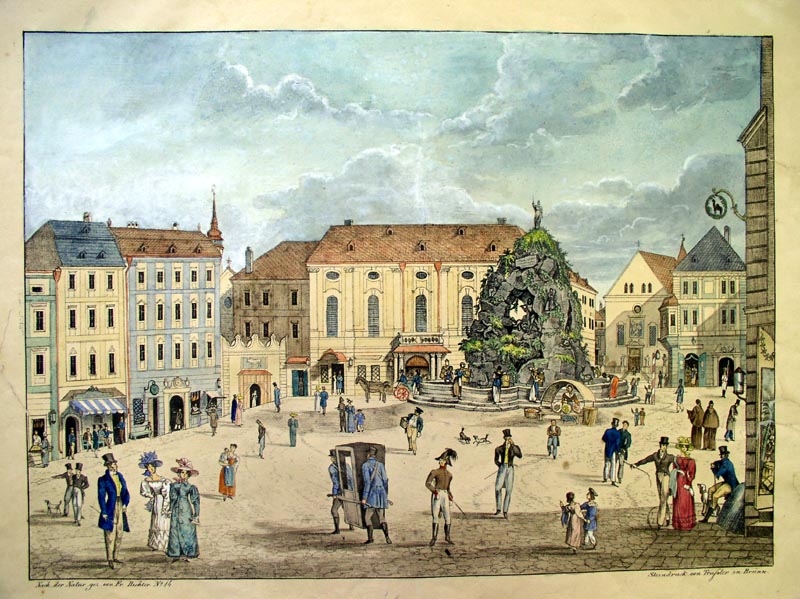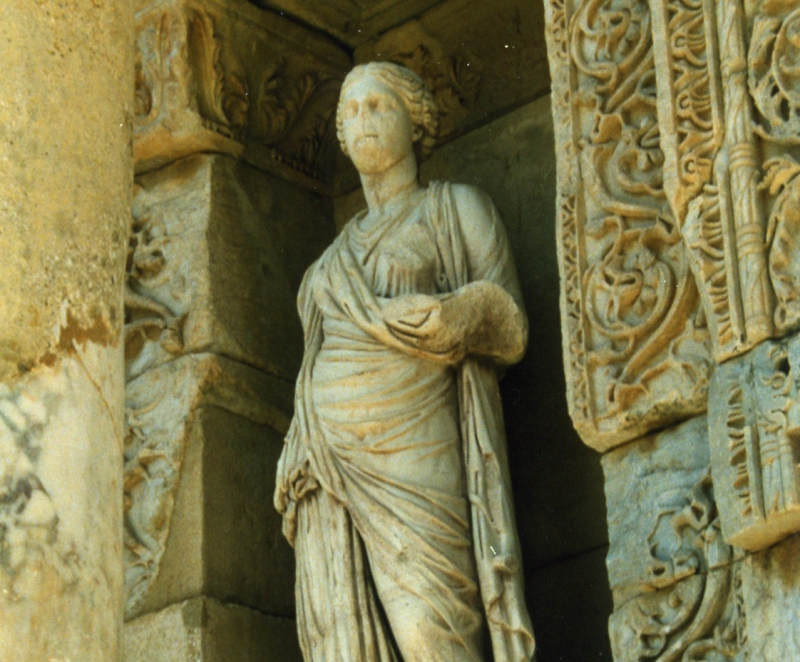Focus On: (386) Siegena
Siegen is a university city in the Arnsberg region of North Rhine-Westphalia, Germany. It lies in the basin of the river Sieg, and is surrounded by mountains, which where uninhabited are covered in coppice. Siegen lies on the German-Dutch holiday road called the Orange Route, joining towns, cities and regions associated with the House of Orange.
Focus On: (386) Siegena Read Post »










